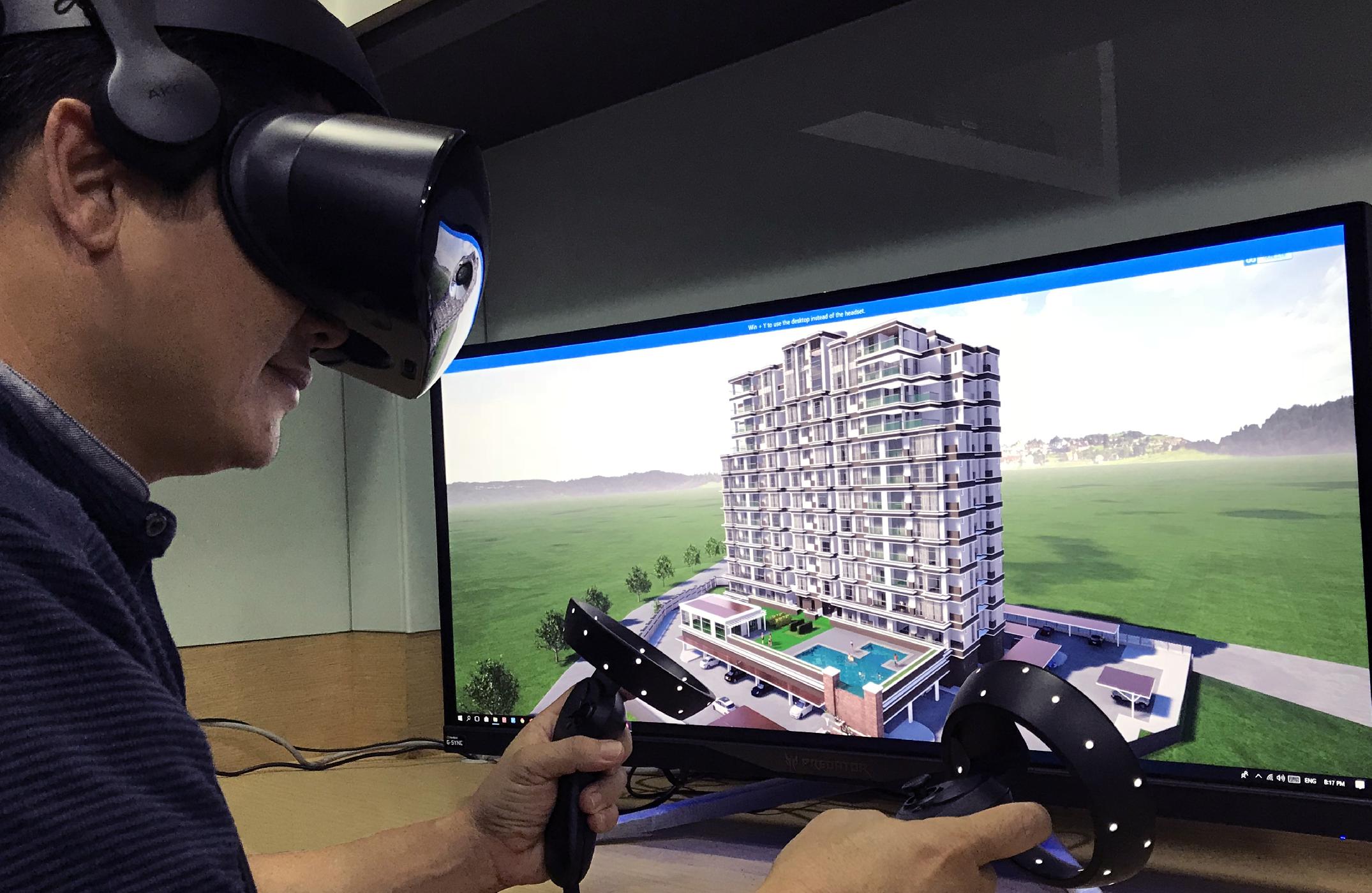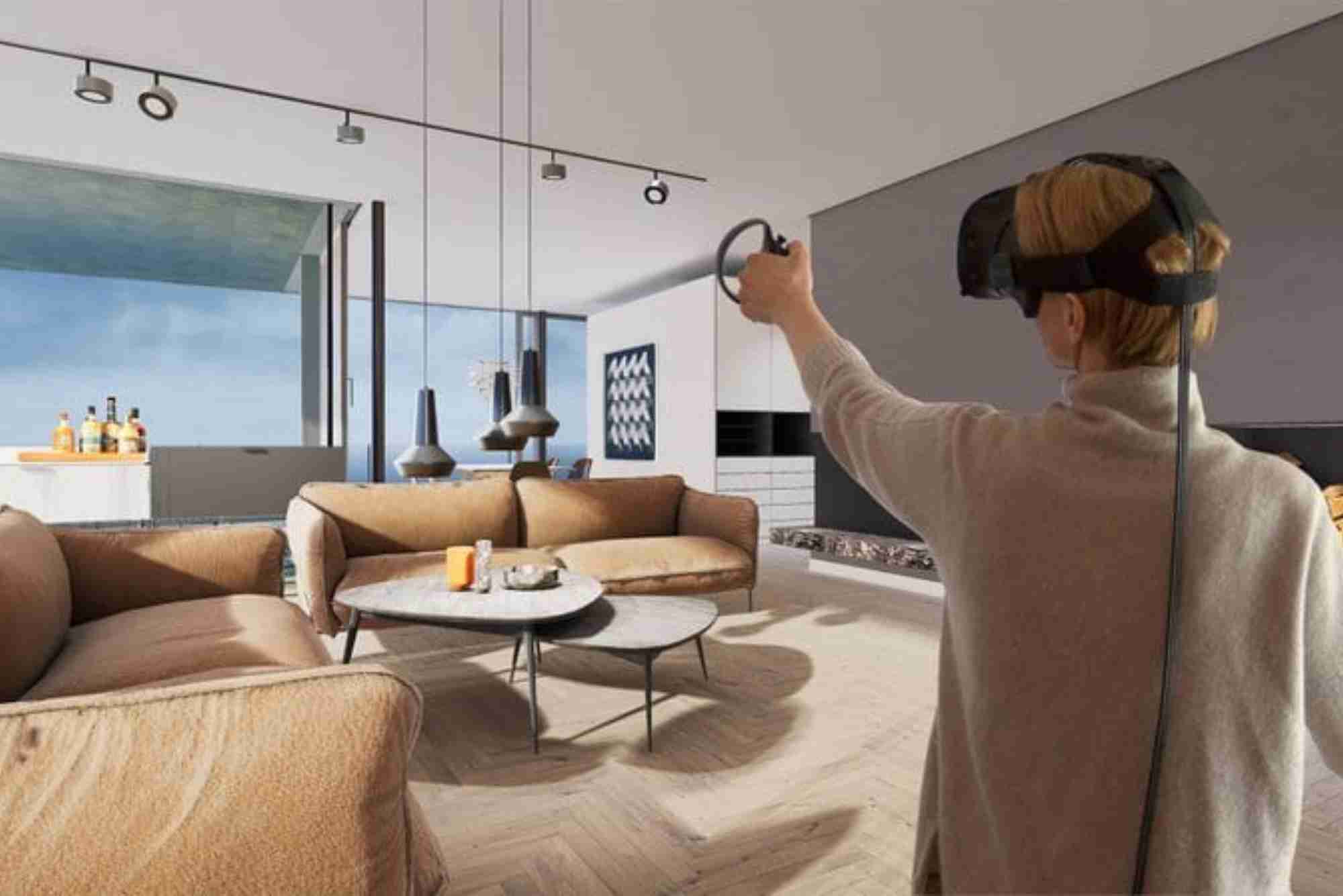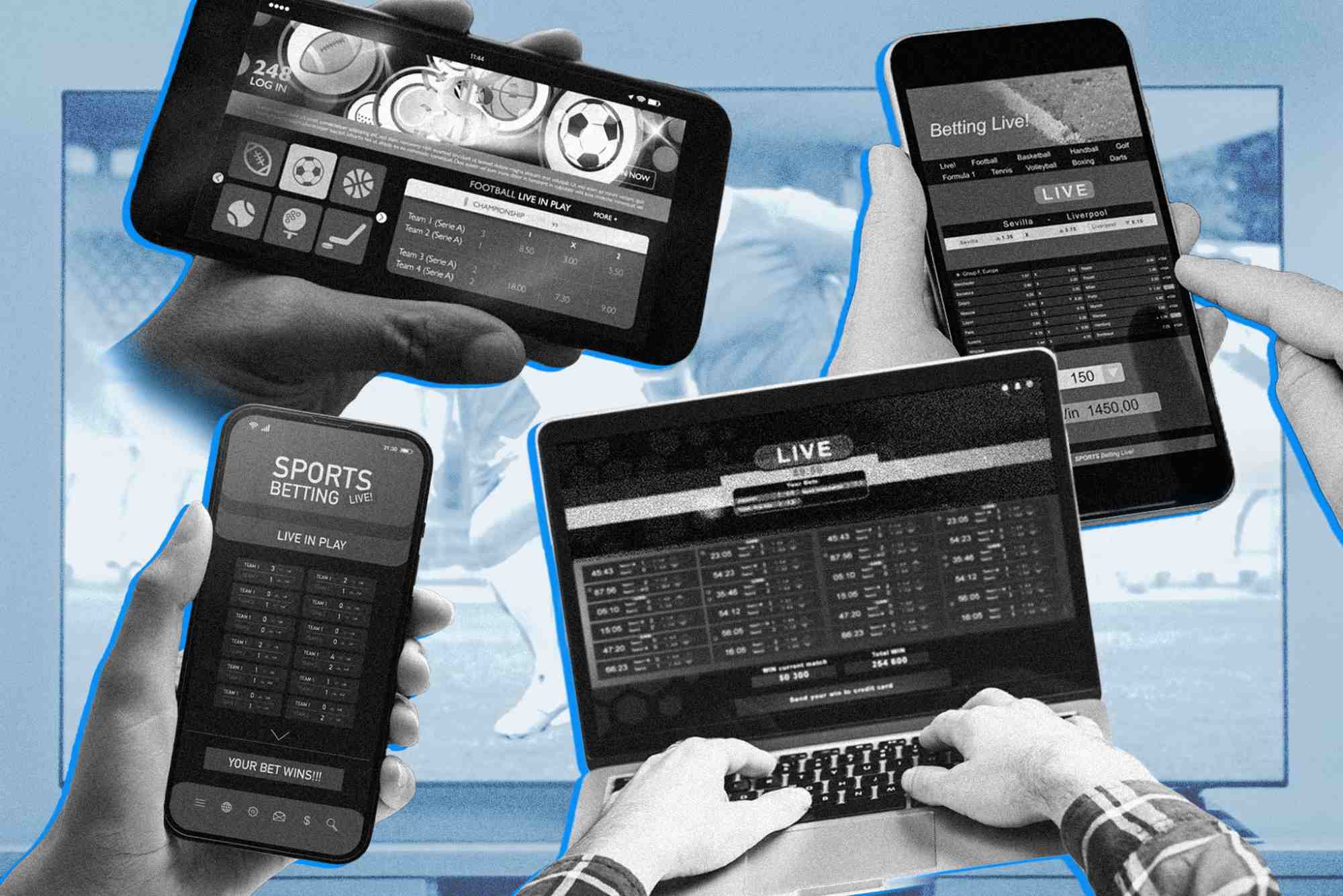Virtual Reality has become a powerful tool in the real estate market, providing innovative solutions for property visualization. As technology advances, the ways in which we present and experience real estate have evolved dramatically. In this article, we will explore how VR is shaping the future of property visualization and its impact on buyers and sellers alike.
What is Property Visualization?

Property visualization refers to the process of using various techniques to create a realistic representation of a property. This can include 2D floor plans, 3D models, and immersive environments. The main goal is to provide potential buyers with a clear understanding of the space and its potential.
Types of Property Visualization
- 2D Floor Plans: Basic layouts that show the dimensions and flow of spaces.
- 3D Models: Detailed representations that allow for better spatial understanding.
- Virtual Tours: Interactive experiences where users can navigate through the property.
The Role of VR in Property Visualization
Virtual Reality takes property visualization to a new level, allowing for immersive experiences that traditional methods cannot match.
Creating 3D Models
3D modeling is the foundation of VR property visualization. With advanced software, real estate professionals can create detailed models of properties. This allows potential buyers to visualize spaces more effectively.
Immersive Tours
VR enables users to take immersive tours of properties. This technology allows buyers to walk through spaces as if they were physically present. According to a study by the National Association of Realtors, properties with VR tours sell 20% faster than those without.
“Virtual Reality is not just a trend; it’s the future of how properties will be showcased.” — Real Estate Expert, Jane Doe
Virtual Staging
Virtual staging involves digitally furnishing and decorating spaces within a property. This allows buyers to see the potential of empty homes without the costs and logistics of physical staging.
Benefits of Using VR in Property Visualization
Implementing VR technology in property visualization brings several advantages to the real estate market.
Enhanced Engagement
VR captures the attention of potential buyers more effectively than static images or videos. It creates a memorable experience that can influence purchasing decisions.
Cost-Effective Solutions
Although the initial investment in VR technology can be significant, it often proves to be more cost-effective in the long run. Virtual staging, for example, eliminates the need for physical staging, saving time and money.
Time Efficiency
With VR, potential buyers can view multiple properties in a short amount of time. This efficiency can lead to quicker sales and a more streamlined buying process.
| Benefits of VR in Property Visualization | Description |
|---|---|
| Enhanced Engagement | Creates memorable experiences |
| Cost-Effective Solutions | Reduces staging costs |
| Time Efficiency | Speeds up the buying process |
Technologies Behind VR Property Visualization
To effectively use VR in property visualization, understanding the underlying technologies is crucial.
Hardware Requirements
- VR Headsets: Devices such as Oculus Rift, HTC Vive, and PlayStation VR are essential for immersive experiences.
- High-Performance Computers: Powerful computers are required to render high-quality 3D models and environments.
Software Tools
- 3D Modeling Software: Programs like SketchUp, Blender, and Autodesk Revit are commonly used to create 3D property models.
- VR Software Platforms: Solutions like Matterport and Enscape enable the integration of VR into property visualization seamlessly.
Challenges in Implementing VR for Property Visualization
Despite its advantages, several challenges exist in adopting VR for property visualization 3D.
- High Initial Costs: The investment in VR technology can be prohibitive for some real estate agents and companies.
- Learning Curve: Mastering VR technology requires training and experience, which can deter some professionals.
- Limited Audience: Not all potential buyers have access to VR headsets, limiting the reach of virtual tours.
Future of VR in Property Visualization
As technology continues to advance, the future of VR in property visualization looks promising. Emerging trends include:
- Increased Adoption of AR/VR Hybrid Solutions: Combining augmented reality (AR) with VR for a more interactive experience.
- Improved Accessibility: As VR technology becomes more affordable, more professionals will likely adopt it.
- Integration with AI: AI can enhance property visualization by providing personalized recommendations based on user preferences.
Virtual Reality is revolutionizing property visualization by providing immersive experiences that traditional methods cannot offer. As the technology continues to evolve, its impact on the real estate market will likely grow, making property buying and selling more efficient and engaging.
Highlighted Paragraph:
The future of property visualization is bright with VR technology at the forefront. As more real estate professionals adopt VR solutions, buyers will benefit from enhanced engagement, cost-effective solutions, and time efficiency in their property search.
FAQs
- What is property visualization?
Property visualization is the process of creating realistic representations of properties to help buyers understand the space. - How does VR enhance property visualization?
VR offers immersive experiences that allow potential buyers to explore properties as if they were physically present. - What technologies are used in VR property visualization?
VR headsets, high-performance computers, and specialized 3D modeling and VR software tools are essential for effective implementation. - What are the benefits of using VR in real estate?
Benefits include enhanced engagement, cost-effectiveness, and time efficiency for buyers and sellers. - What challenges exist in implementing VR for property visualization?
Challenges include high initial costs, a learning curve for users, and limited access for some potential buyers.
By understanding the intricacies of how VR is used in property visualization, real estate professionals can leverage this technology to create more appealing and effective property showcases. This can lead to better engagement and ultimately faster sales in a competitive market.




